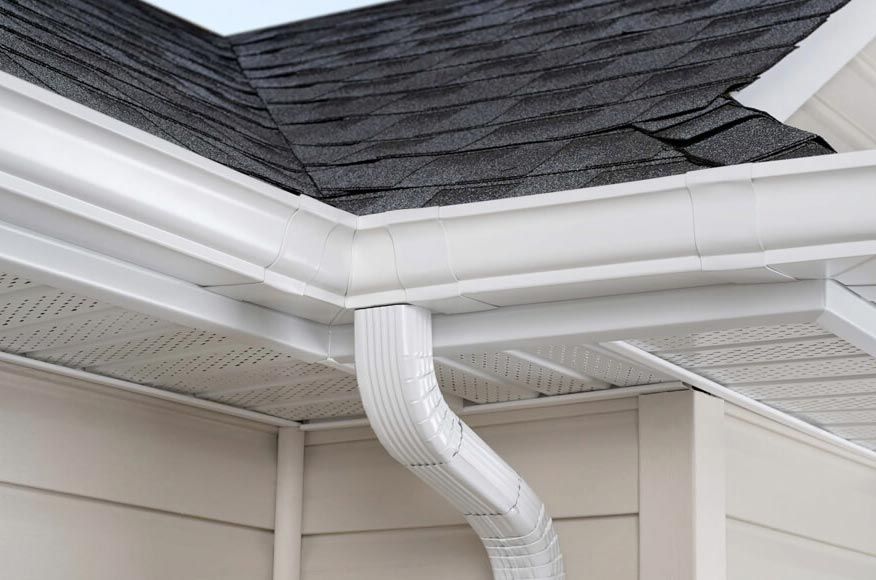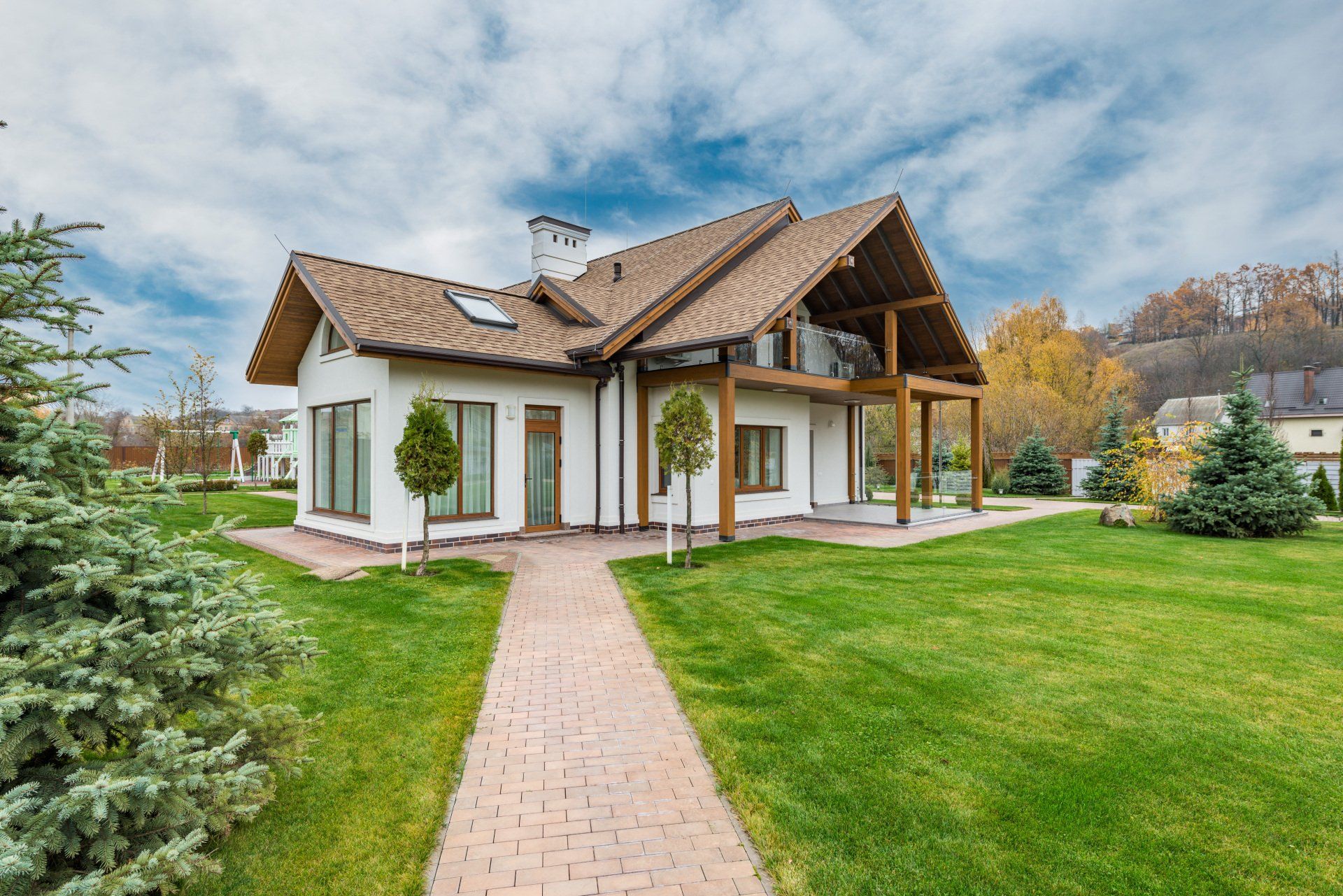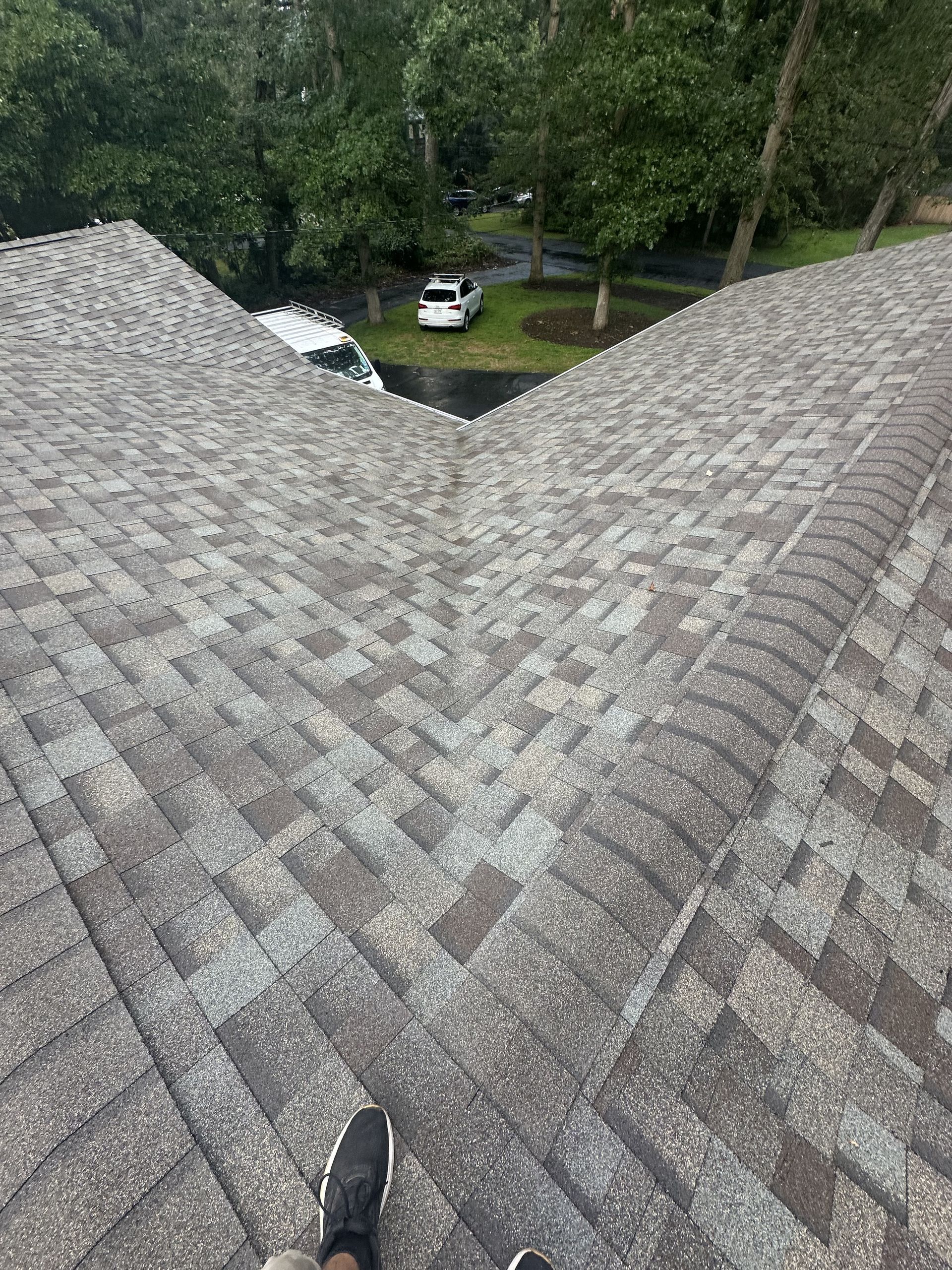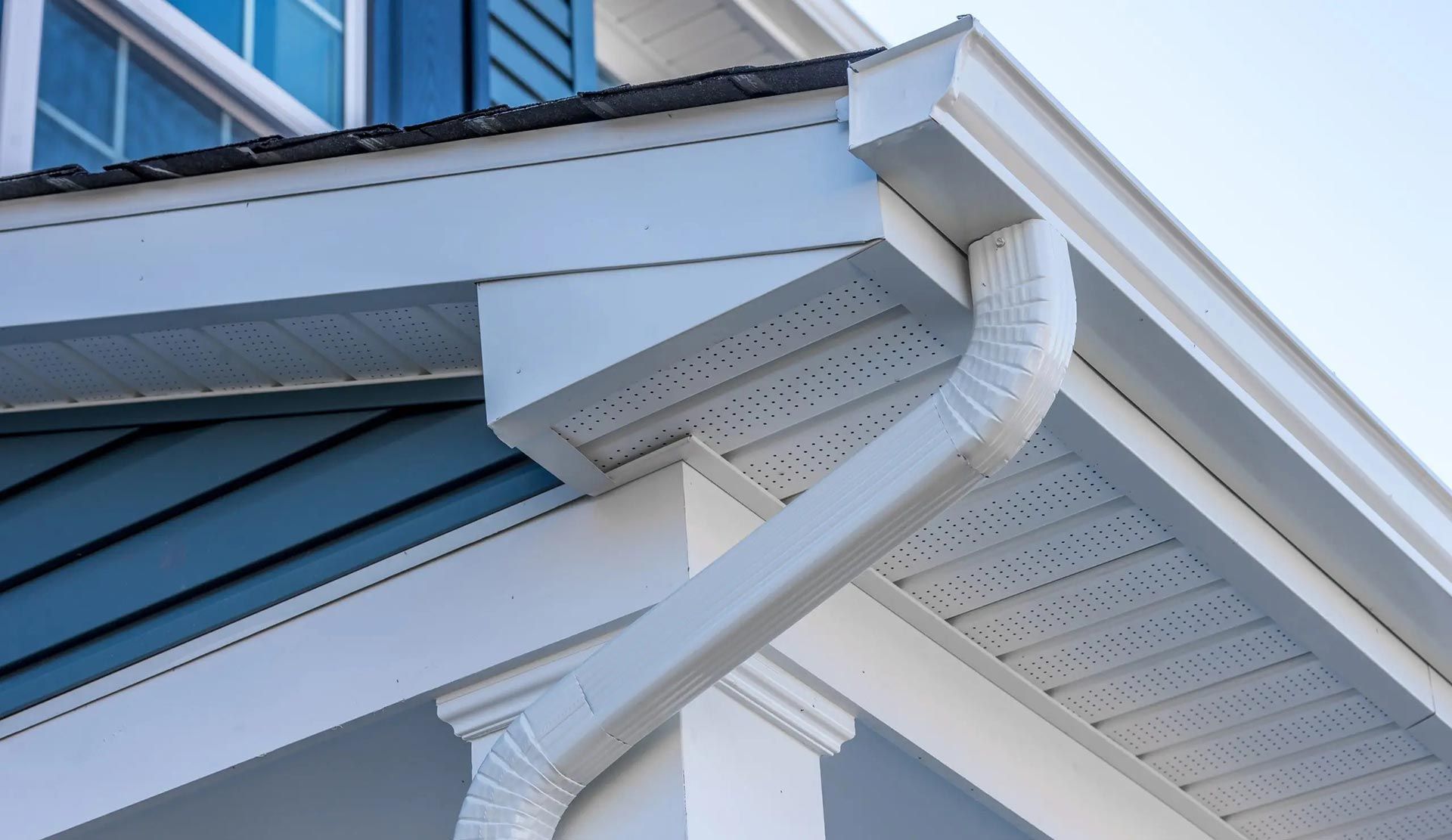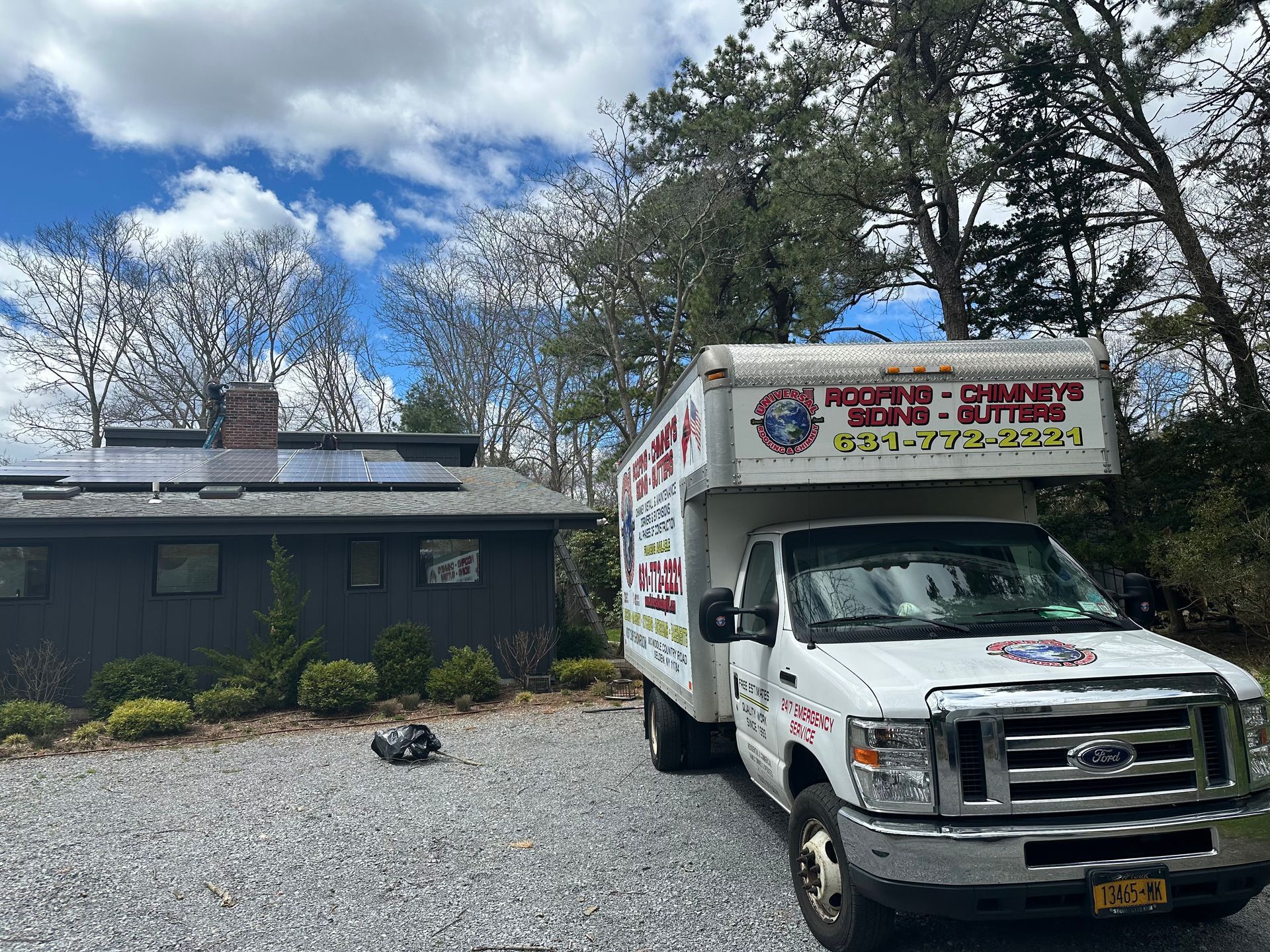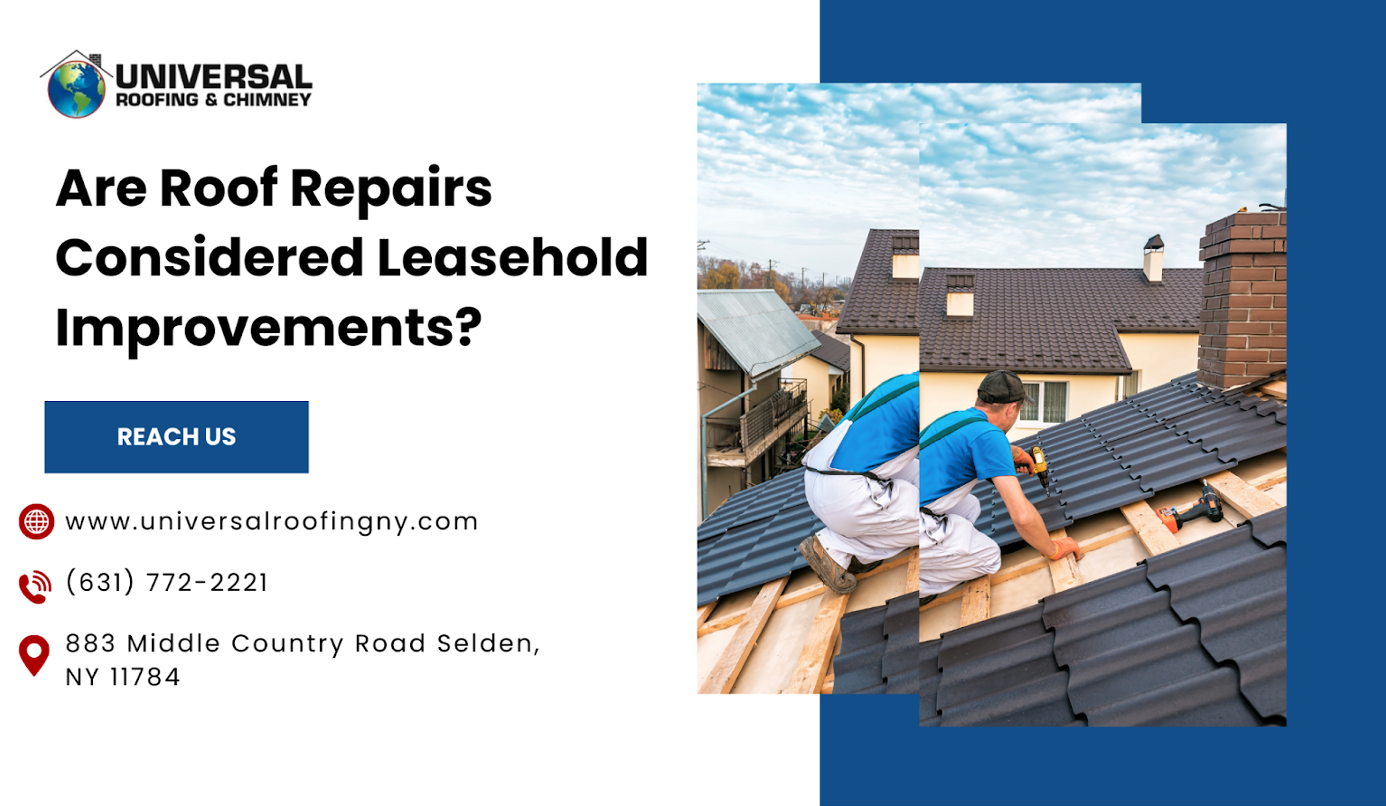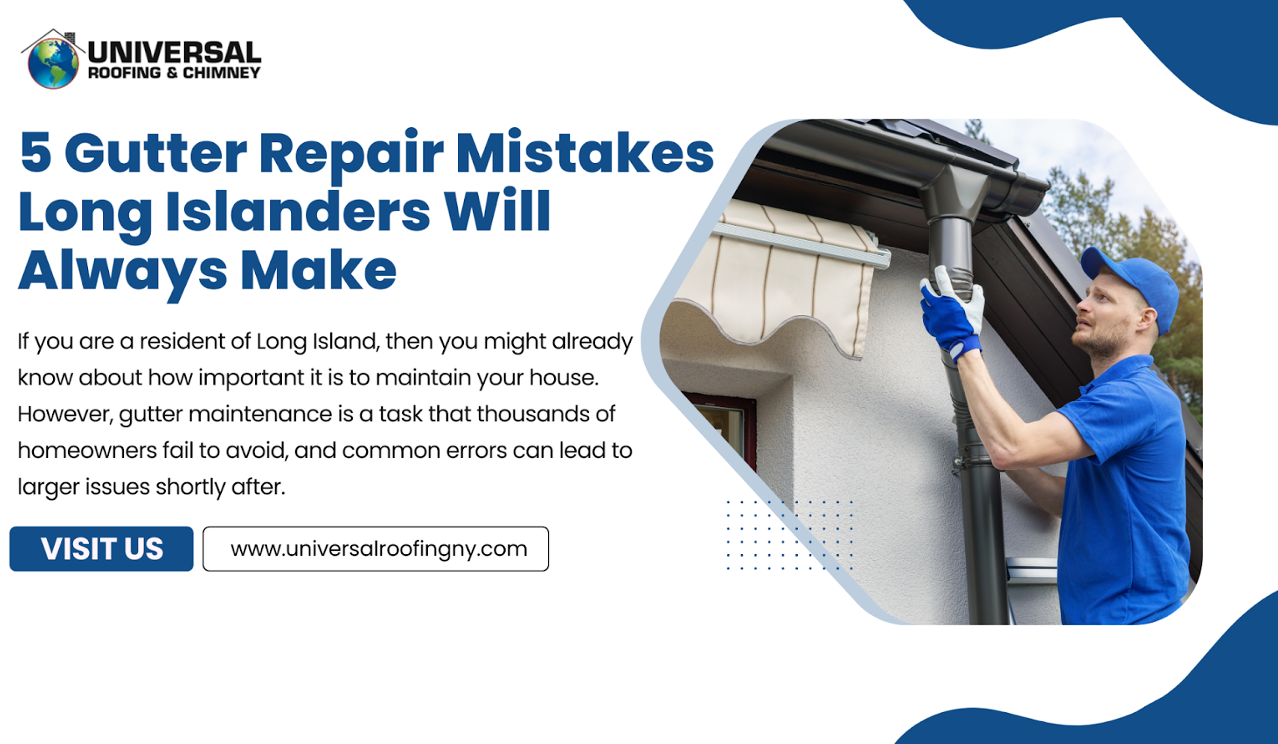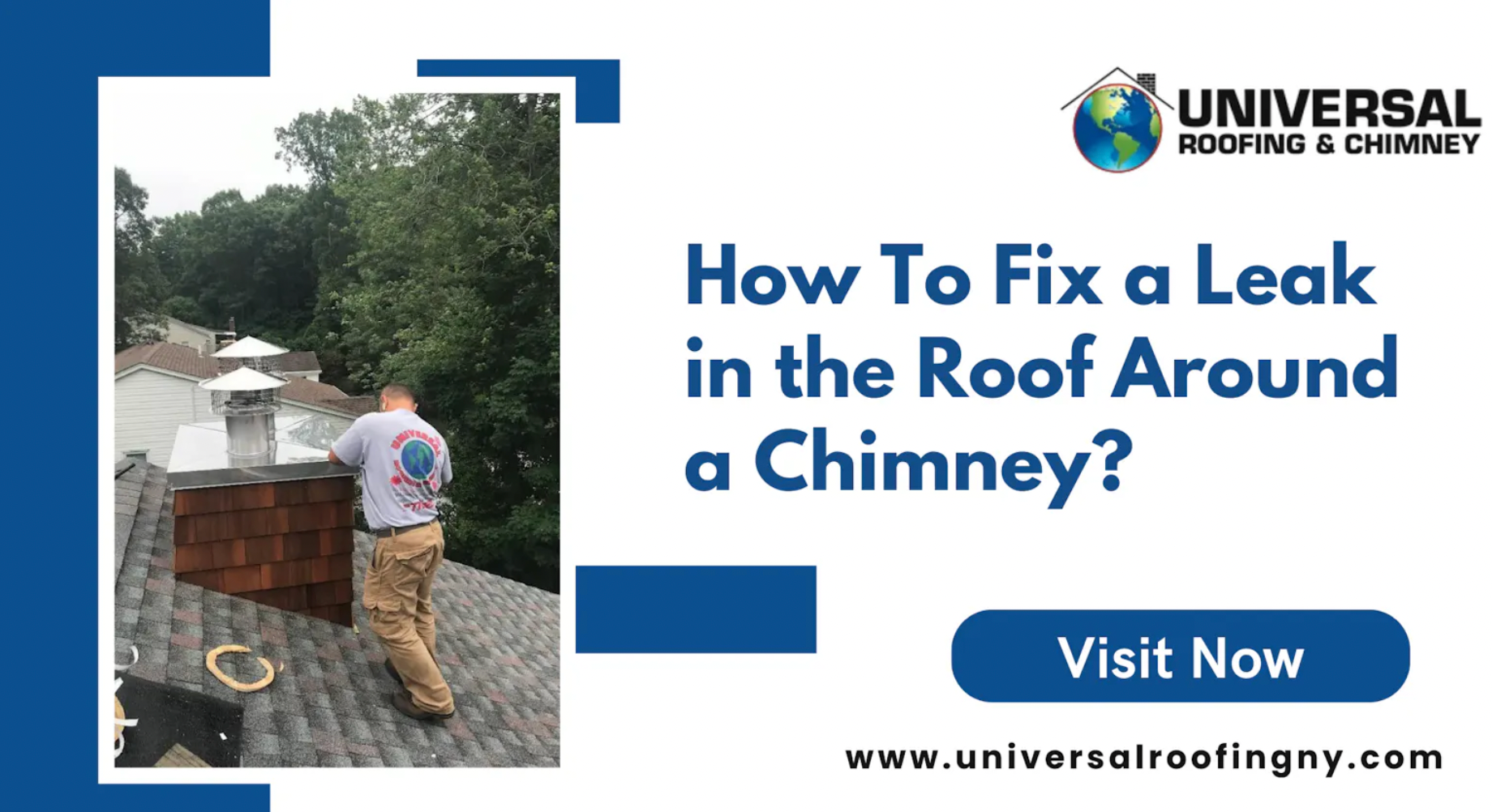The Impact of Climate on Chimney Longevity and Repair Needs!
This is a subtitle for your new post
Why do some chimneys last hundreds of years and others disintegrate in mere decades? How will climate affect your chimney and its lifespan? The secret to your chimney’s longevity is not just its construction but a lot of other factors. Read more to know about them!
Your Regional Weather
Your chimney is on the front line on top of your roof, taking a beating from nature every day. Rain, snow, wind, and temperature changes destabilize the ongoing battle.
The Freeze-Thaw cycle
Water is the worst culprit for chimneys in colder, more northern states. Now, how free-thaw cycle does the destruction here is;
1. For the tiny crevices in your chimney from where water sneaks inside
2. The water expands when it freezes due to the lower temperatures,
3. This expansion widens the cracks.
4. The ice melts as temperatures rise, allowing more water to pass through the soil.
5. The process repeats itself, slowly degrading that fireplace from the inside out.
This can eventually cause almost invisible hairline cracks and massive structural problems. The destruction would stroll on quietly for decades.
The Little Nightmare Called Humidity
In dry climates, a different set of damage needs to be overcome. All that moisture in the air can lead to:
Mold and mildew growth
Deterioration of Mortar Joints
Rusting of metal components
Efflorescence (the white, chalky deposit sometimes found on brick)
At first, these problems might seem insignificant, but they can quickly get out of hand. Humidity may be utilized practically in post-production for piles; over time, it poisons your chimney's deterioration.
The Heat Is On Thermal Stress
Thermal Stress: With your chimney being in one area where temperatures fluctuate drastically from day to night, you can bet there is a lot of thermal stress. As materials are heated, they tend to expand. When they cool, they will shrink. Continuous movement to then leading to:-
Cracking in the flue lining
Distancing the chimney from home
Deterioration of mortar joints
Over time, this can lead to a severe structural problem.
Coastal Concerns: Salt in the Wound
If you live by the coast, salt air also threatens your chimney. This combination of corrodents expedites the decomposition process of masonry and metal. They can make salts that crystallize on soluble porous substances and lose their underlying substance. These are tiny jackhammers that are hammering your chimney day and night.
Wind: The Invisible Force
While high winds may not be as dangerous, they can wreak havoc over time. Wind can:
Press rain and snow into tiny crevices
Erode mortar joints
Dislodging of Chimney Caps
Becoming items from branches that might strike and cause damage to the smoke shaft
As an extreme case, winds can wither and cause structural damage to chimneys in poor condition. It is Mother Nature's version of fire-drilling the fences around your house.
Enter Climate Change - A New Component
With global climate patterns changing, many regions are seeing more frequent intense weather events. This means:
Increased frequency of freeze-thaw events in some areas
Increased humidity and, in some places, precipitation
Extreme storms and wind events
Those changes may hasten the wear and tear on your chimney, giving maintenance costs higher importance than ever.
Preventing Chimney Damage
So, how do you prevent these climate-related issues from happening to your chimney? Here are some critical steps:
1. Annual inspections: Ensure a professional checks your chimney annually.
2. Water Resistance: Use a good-quality water-repellent to guard against moisture sneaking in.
3. Professional Cap & Crown: An excellent-fitting cap helps water roll off the top of your chimney, while a sloped crown directs rain to one side.
4. Minor repairs on time: do not allow minor issues to escalate into major problems.
5. Customized maintenance with the weather: Style your care depending on native climate trends.
Long-Term View: Longevity Investment
Although not thinking about your chimney until issues arise is effortless, it can be expensive over time. Proper care of your chimney, however, will help ensure that it works well for an extended period, saving you money and preventing annoying issues.
Consider it a health and value investment in your home. In addition to great aesthetics and lasting value, a well-kept chimney performs better.
When to Call in the Pros
Although there is a lot you can do to keep your chimney safe, specific issues should be left in the hands of professionals. If you see these signs, it is time to call a professional:
Exterior cracks or damage are showing.- White staining or efflorescence on the bricks
- Cracks between pieces of tile or masonry in the fireplace
- Moisture or water stains near the heart
For instance, coasters or coastal areas still prone to cold weather may require special attention from professional
chimney repair Long Island services.
The Bottom Line
On the surface, a chimney seems like nothing but brick and mortar-just another stationary structure keeping your house warm. You can then take the necessary steps to maintain your chimney or make any necessary repairs so that you do not need a replacement anytime soon.
